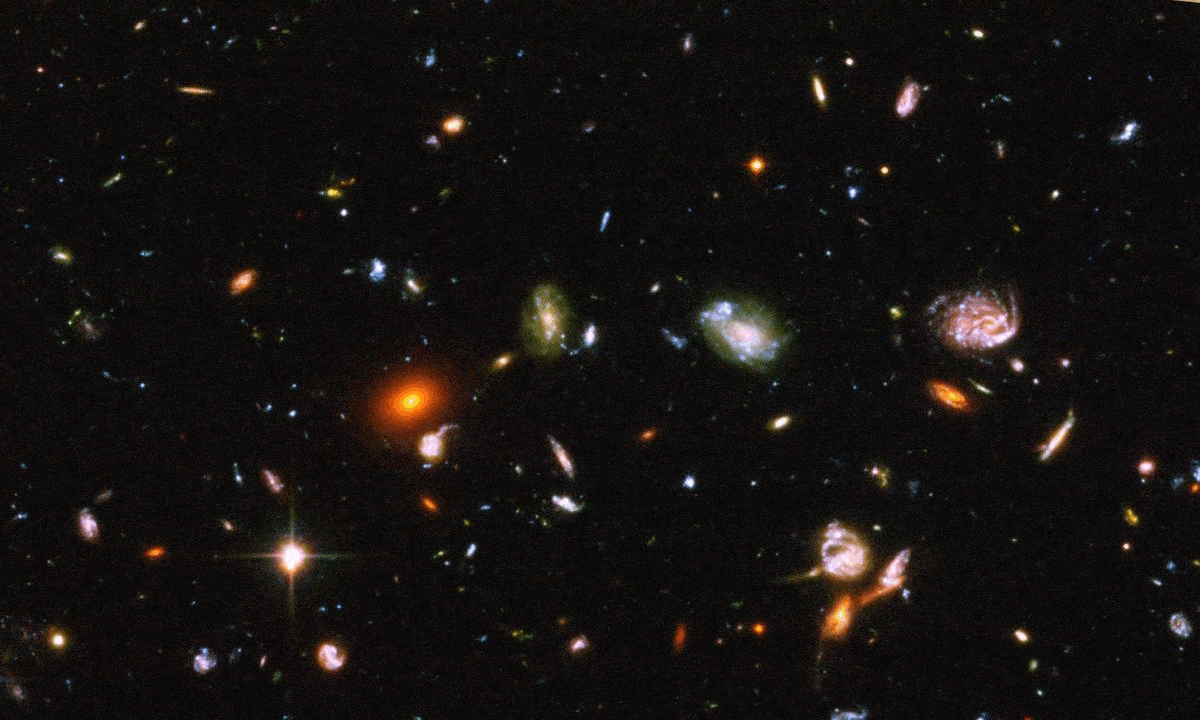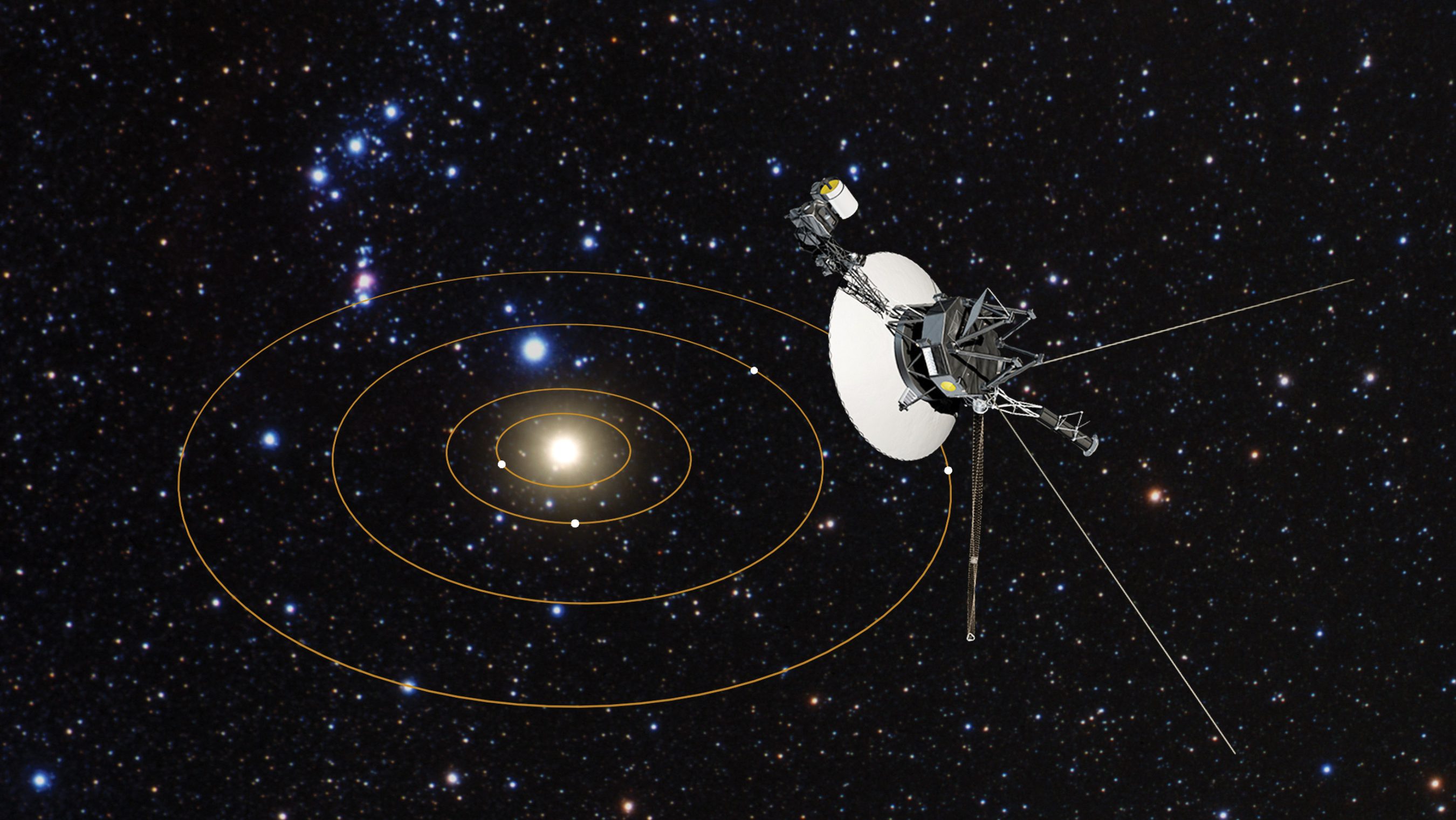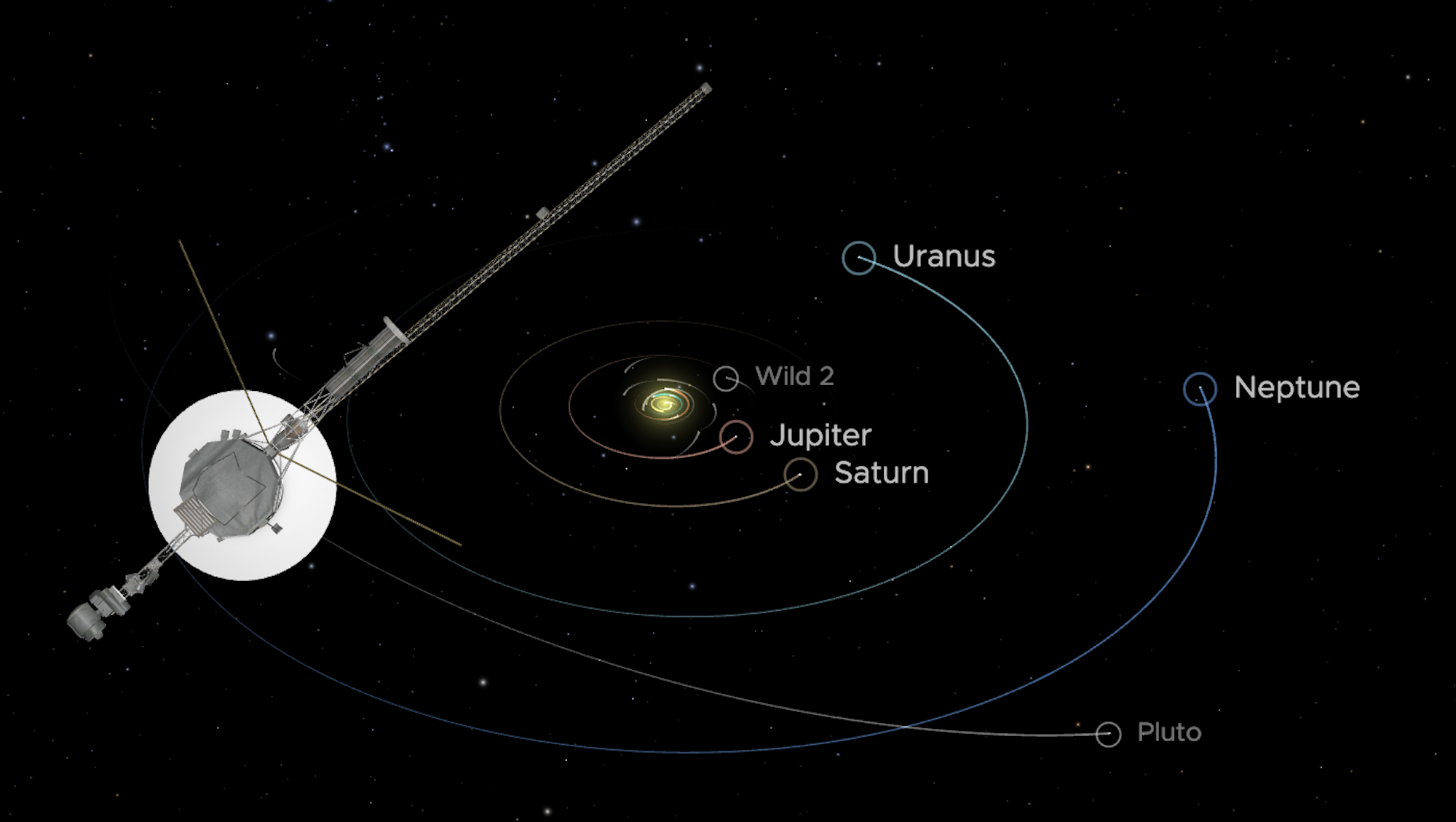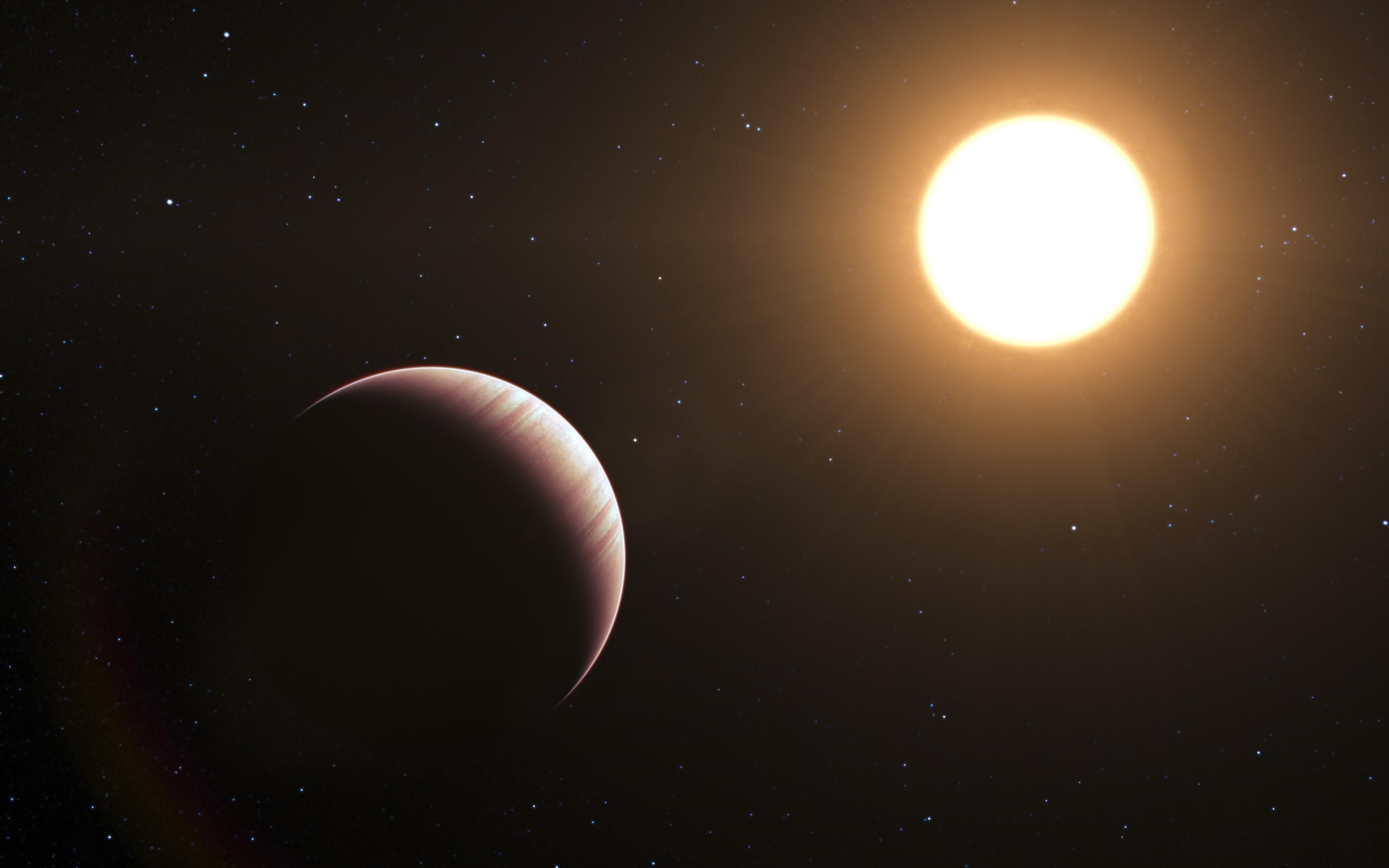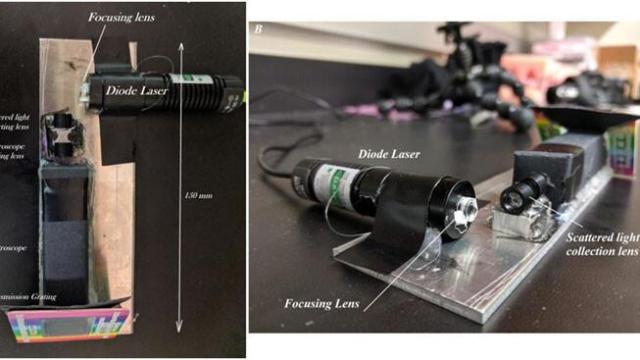Humanity’s most distant space probe captures a strange sound

.
- Voyager 1, humankind’s most distant space probe, detected an unusual “hum” in the data from interstellar space.
- The noise is likely produced by interstellar gas.
- Further investigation may reveal the hum’s exact origins.
Voyager 1, humanity’s most faraway spacecraft, has detected an unusual “hum” coming from outside our solar system. Fourteen billion miles away from Earth, the Voyager’s instruments picked up a droning sound that may be caused by plasma (ionized gas) in the vast emptiness of interstellar space. Launched in 1977, the Voyager 1 space probe — along with its twin Voyager 2 — has been traveling farther and farther into space for over 44 years. It has now breached the edge of our solar system, exiting the heliosphere, the bubble-like region of space influenced by the sun. Now, the spacecraft is moving through the “interstellar medium,” where it recorded the peculiar sound.
Stella Koch Ocker, a doctoral student in astronomy at Cornell University, discovered the sound in the data from the Voyager’s Plasma Wave System (PWS), which measures electron density. Ocker called the drone coming from plasma shock waves “very faint and monotone,” likely due to the narrow bandwidth of its frequency.
While they think the persistent background hum may be coming from interstellar gas, the researchers don’t yet know what exactly is causing it. It might be produced by “thermally excited plasma oscillations and quasi-thermal noise.”
The new paper from Ocker and her colleagues at Cornell University and the University of Iowa, published in Nature Astronomy, also proposes that this is not the last we’ll hear of the strange noise. The scientists write that “the emission’s persistence suggests that Voyager 1 may be able to continue tracking the interstellar plasma density in the absence of shock-generated plasma oscillation events.”
Voyager Captures Sounds of Interstellar Spacewww.youtube.comThe researchers think the droning sound may hold clues to how interstellar space and the heliopause, which can be thought of as the solar’s system border, may be affecting each other. When it first entered interstellar space, the PWS instrument reported disturbances in the gas caused by the sun. But in between such eruptions is where the researchers spotted the steady signature made by the near-vacuum.
Senior author James Cordes, a professor of astronomy at Cornell, compared the interstellar medium to “a quiet or gentle rain,” adding that “in the case of a solar outburst, it’s like detecting a lightning burst in a thunderstorm and then it’s back to a gentle rain.”
More data from Voyager over the next few years may hold crucial information to the origins of the hum. The findings are already remarkable considering the space probe is functioning on technology from the mid-1970s. The craft has about 70 kilobytes of computer memory. It also carries a Golden Record created by a committee chaired by the late Carl Sagan, who taught at Cornell University. The 12-inch gold-plated copper disk record is essentially a time capsule, meant to tell the story of Earthlings to extraterrestrials. It contains sounds and images that showcase the diversity of Earth’s life and culture.
